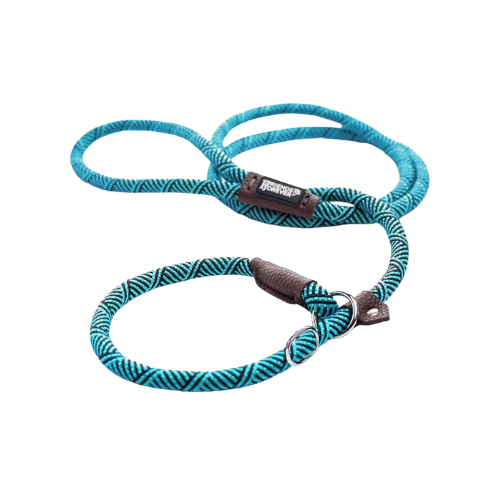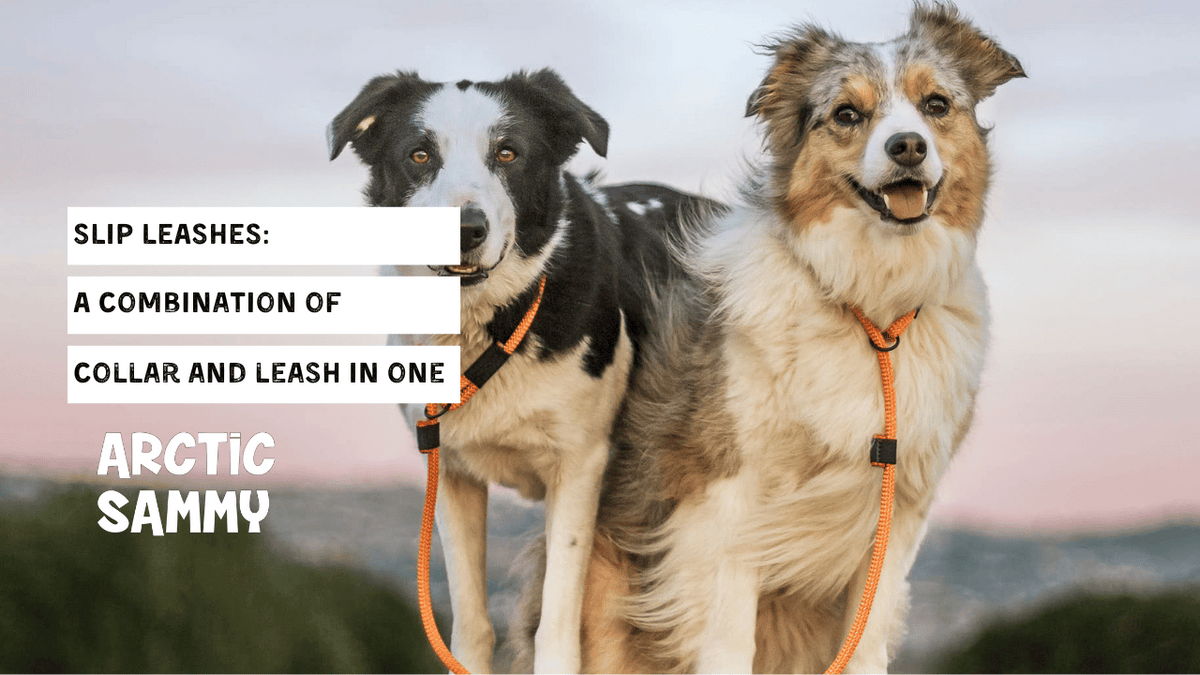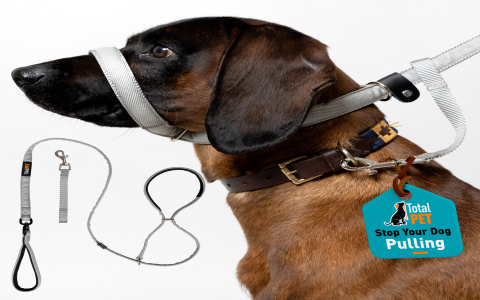Alright, so I wanted to share a bit about my experience with using a rope slip leash for my dog. It’s one of those things I’d heard about, seen around, and eventually decided to try out myself. Not claiming to be an expert or anything, just what I found from actually doing it.
Getting Started with the Idea
My dog, bless his heart, can be a bit of a puller. Not all the time, but you know how it is – squirrel!, another dog!, interesting smell! – and suddenly you’re an anchor. I’d tried a few different collars and harnesses, and while some helped, I was looking for something straightforward, especially for those focused walking sessions or quick trips out. I kept seeing these simple rope slip leashes and thought, “Well, let’s give this a proper go.”

Picking One Out and First Impressions
So, I didn’t go super fancy. Just went to the pet store and looked for a decent quality rope. I felt a few, you know, checking the thickness, how smooth the rope felt, and if the metal ring seemed sturdy. Didn’t want anything too thin that might cut in, or too rough. Found one that felt pretty good, a nice soft but strong rope. Paid for it, took it home. The main thing I wanted was simplicity.
First thing was figuring out how to put it on correctly. I’d read online you need to make sure it forms a ‘P’ shape when you put it over the dog’s head. This way, it loosens up when the tension is off. If you get it backwards, it can just keep tightening, which is no good for anyone. So, I spent a few minutes just practicing that, getting the loop right. My dog was looking at me like I’d grown a second head, but he’s patient.
The Actual Using Part – Walks and Learning
Then came the first walk. I made sure the loop was high on his neck, right behind the ears, like I’d seen recommended. The idea is that it gives you a bit more control and it’s more about communication than brute force. It wasn’t about choking him, absolutely not. That’s a big misconception, I think. The goal was to keep the leash loose as much as possible.
When he’d start to pull or get distracted, I’d give a quick, very gentle “pop” or tug on the leash – just a brief tightening and then an immediate release. The key was that immediate release. It’s like a tap on the shoulder, not a constant squeeze. It took a few tries. He’d sort of stop, look at me, and I’d praise him when he eased up. We kept our first few walks with it short, just getting the feel of it.
Here’s a few things I focused on, or learned pretty quick:
- Positioning is important: Keeping it high on the neck really did seem to make a difference compared to a regular collar low down.
- Timing of the correction: It had to be right when the unwanted behavior started, not ages after. And super quick.
- Always release the pressure: This was crucial. Constant tension is bad and defeats the purpose.
- It’s not a tie-out: This should be obvious, but never ever leave a dog tied up with a slip lead, or unattended. It’s strictly for active walking and training.
What I Reckon Now
After using it for a while, I found it quite effective for us. Walks became a bit more… cooperative. He seemed to understand the quick, gentle signal from the leash. It was also super handy for just slipping on and off quickly when we needed to go out to the yard or get in and out of the car. No fussing with clips and buckles every single time.
I know slip leashes get a mixed press, and I can see why if they’re misused. You absolutely have to be gentle and mindful. It’s not a tool to just drag your dog around with. But used correctly, as a communication tool, I found it pretty useful. It’s not the only thing I use, but it’s definitely a good option in my toolkit now for certain situations. It just took a bit of practice and understanding how to use it properly, like most things, I suppose.

So yeah, that was my journey with the rope slip leash. Maybe it helps someone else who’s wondering about them. Just take it slow and learn how to use it the right way if you decide to try one.






